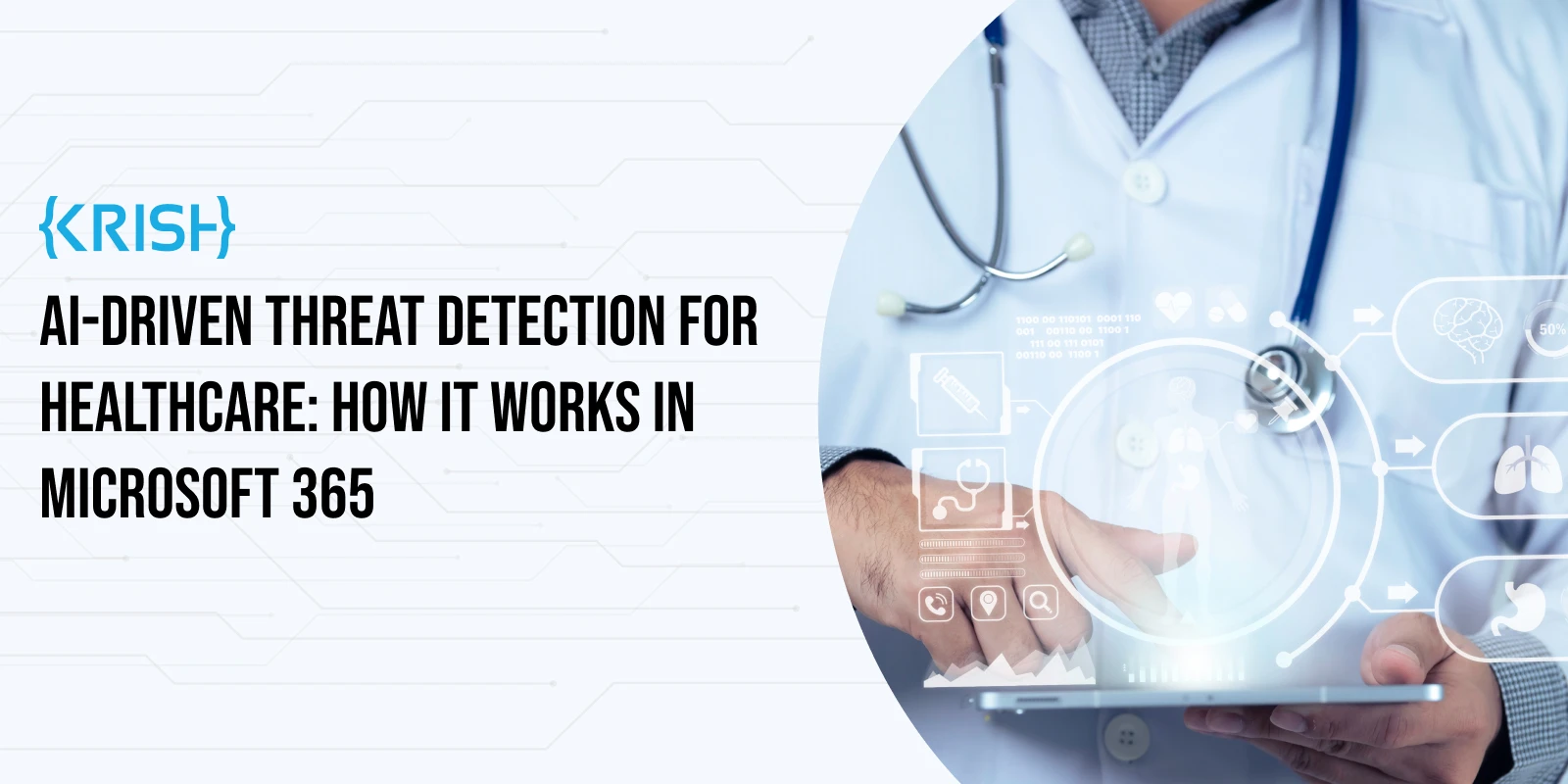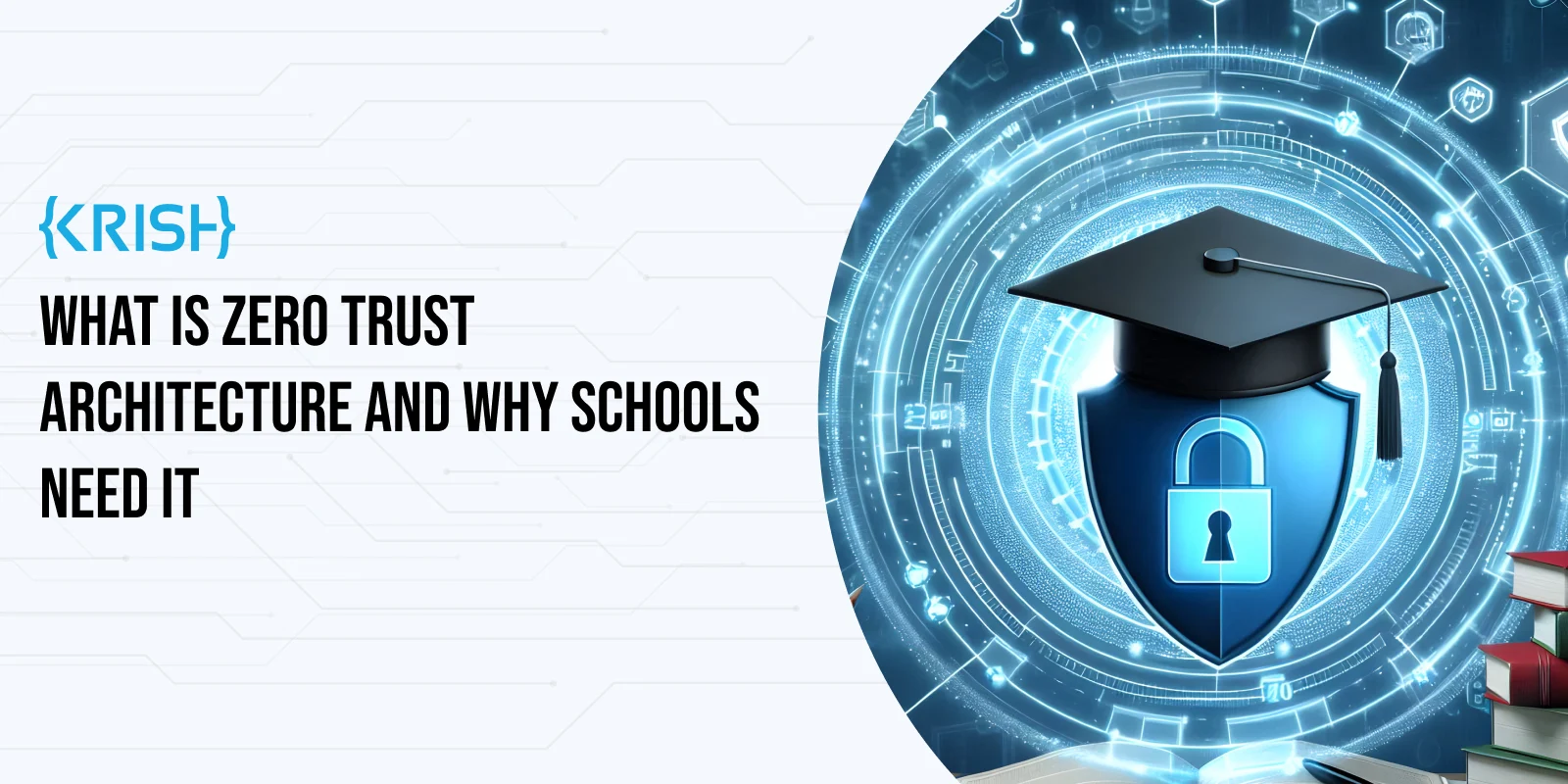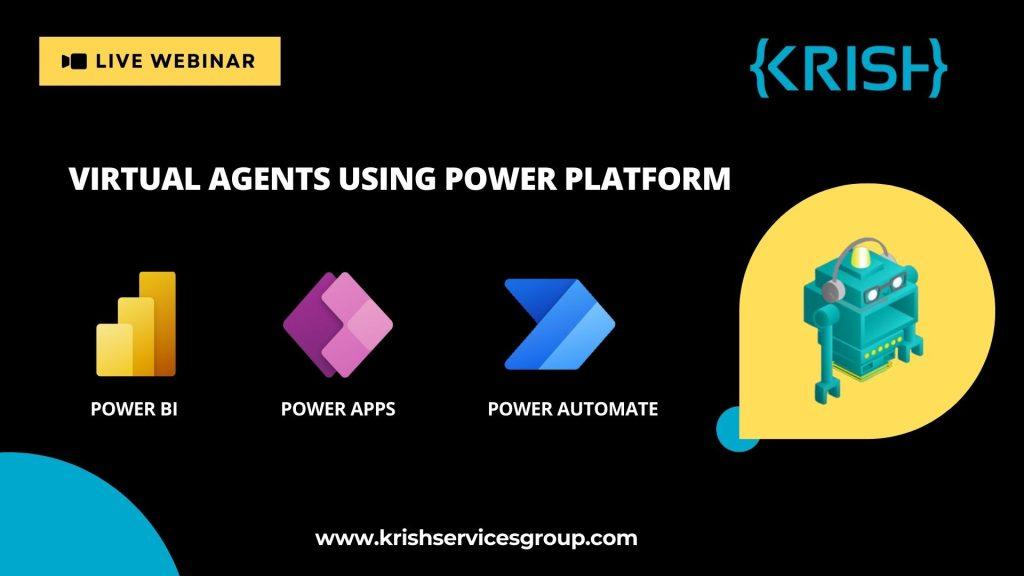Cyberattacks aren’t knocking; they’re already inside the healthcare system. Today, threats are swifter, craftier, and more elusive than ever: there are ransomware attacks that can cripple hospital networks or phishing attacks that can target patient portals.
With healthcare moving to the cloud and its infrastructure, old-school security tools are not up to the challenge. And it is about the place where artificial intelligence makes a difference.
As a well-known platform of cloud computing, Microsoft 365 allows healthcare organizations to transition their current reactive defense to intelligent proactive protection. With AI-powered tools for healthcare, it enables real-time threat detection, automated responses, and enhanced data control, while staying aligned with strict regulatory frameworks like HIPAA.
This blog breaks down how Microsoft 365 protects healthcare data using AI and why it’s becoming the go-to solution for healthcare cybersecurity in a digital-first world.
What Is AI-Driven Threat Detection in Microsoft 365?
AI-based threat hunting in Microsoft 365 protects your cloud environment by detecting, analyzing, and remediating cybersecurity threats as an AI-driven tool. In contrast to conventional rule-based systems, the AI in Microsoft 365 continually teaches itself through trillions of daily signals that reveal an anomaly in user behavior, access patterns, email activity, and device interactions.
Examples of Core Capabilities:
- Behavioral analysis in real-time
- Malware and phishing protection Automation
- Threat ranking and rating
- Continuous security insights via Microsoft Defender for healthcare
Not only does this smart system warn, but it also takes action. Through AI-powered threat prevention, Microsoft 365 automatically isolates infected devices, quarantines emails, and alerts IT professionals about risky behavior before just as much harm is enacted.
To healthcare organizations, this translates to stronger data security, quicker response, and HIPAA compliance tightened, all supplied within one integrated cloud computing environment strengthened further by managed cloud services.
Why Is AI-Powered Threat Detection Critical in Healthcare?
The amount of sensitive data that healthcare organizations store is immense, including patient data, diagnostic data, insurance claims, etc. This is a reason why they are also some of the most attractive targets of cyberattacks (such as ransomware and insider attacks). Manual monitoring is just not fast and complex enough to deal with modern threats.
The Top Challenges of Healthcare Providers
- Perpetual phishing and ransomware attacks
- Deficient twenty-four-hour security personnel
- Regulations (HIPAA, HITECH, PCI)
That’s where AI cybersecurity for healthcare becomes essential. It is high time you shifted to
AI threat detection in Microsoft 365. The intelligent security stack included in it can detect and analyze threats automatically, analyze anomalies, and respond to incidents in a healthcare environment.
HIPAA compliance with Microsoft 365 is made easier through tools like Microsoft Purview, Microsoft Defender, and built-in encryption protocols, and compliance and security services. These assist in ensuring that unauthorized individuals cannot access patient data, but on the other hand, audit trails and policy-based governance are available.
In a nutshell, AI threat detection in Microsoft 365 is not a nice-to-have but a necessity of survival and compliance within this new realm of the healthcare space.
What Is the Biggest Threat to the Security of Healthcare Data?
Unauthorized access, both internal and external, is the greatest menace to healthcare data security currently. Not only does this involve cybercriminals taking advantage of phishing attacks and ransomware, but it also includes employees who may carelessly or maliciously mishandle sensitive information.
The following are key risk factors:
- Shared/ Weak Password
- Not having Multi-factor authentication
- Unsecured endpoints and Bring Your Own Device (BYOD) policies
- Late detection of the breaches
Healthcare breaches in most instances go undetected even after several weeks, and this can result in loss of huge amounts of data and result in non-compliance fines.
AI-based threat prevention in healthcare, particularly through Microsoft 365, identifies these risks early by monitoring behavior patterns and access anomalies. This will allow swift control even before IT hands come into the picture.
In case of medical information, the key is early identification.
How Does AI Threat Detection Work in Microsoft 365?
Artificial intelligence and machine learning allow Microsoft 365 to analyze billions of signals every day worldwide, such as how people log in and use files, read and write emails, and interact with devices. The AI models are trained to detect both emerging and already recognised patterns of threats so that healthcare data can be covered at all times.
Core AI-powered Features:
The best Microsoft 365 tools with Key Artificial Intelligence-Based Functionalities:
- Microsoft Defender for Endpoint: Ransomware, advanced malware, and zero-day threat detection
- Defender for Office 365: Protects against phishing, spoofing, and malicious attachments in real-time.
- Microsoft Entra (previously Azure AD): Marks suspicious logins and stolen identities
- Microsoft Sentinel: Cloud-native SIEM correlating alert signals and surfacing alerts for investigation and action.
- Microsoft Purview: Ensures HIPAA compliance with Microsoft 365 through data classification and audit trails
All the tools are closely knit and allow a coherent cloud-native threat detection system.
How Does Microsoft 365 Detect Threats Using AI?
Artificial intelligence and machine learning analyze billions of global signals daily and track variability in the Microsoft 365 system, file activity, device usage patterns, email activity, etc. Its AIs are also trained to detect both established patterns and new threats, offering protection to the healthcare data in real-time.
- Continuously watches over members, computers, and the environment.
- Identifies anomalies (e.g., anomalous logins, data exfiltration attempts)
- Auto-responds to incidents: isolation, or blocking, etc, OR alerting
- Improves the security posture of the system with each cycle of detection
The smarter it gets, the more data it analyzes, hence making it the most appropriate for dynamic healthcare networks that need both speed and accuracy.
Tools for Threat Detection in Healthcare
Microsoft 365 offers the Azure environment that is even secured by special threat protection tools. Here are some of the best Healthcare cybersecurity tools from Microsoft:
Main Security Tools
Microsoft Defender for Healthcare: (via M365 + Endpoint Protection)
Microsoft Purview: Data loss prevention, enforcement of policies
Azure Security Center: Visibility and controls by environment Management
Power Platform Security: Visibility of Power Apps and Power Automate workflows and integrations
HL7 Secure Integration & FHIR systems: safeguarding EHR and clinical workflow.
They allow automated compliance surveillance, quick reaction time, and increased data governance, purpose-built around the intricate regulations of healthcare.
Common Mistakes Healthcare Makes (and How to Avoid Them)
Most healthcare organizations end up in the security traps even after investing heavily in information technology. So, this is what tends to go bad (and why security provided by Microsoft 365 and powered by AI is useful to avoid):
- Reliance on Manual Monitoring
The majority of breaches remain unidentified for weeks, since the capacity of healthcare teams to perform constant threat detection is not there.
Fix: Use Microsoft Defender and Sentinel for automated alerts and rapid AI-based threat prevention in healthcare.
- Access Controls
The issue is shared usernames and passwords, as well as poor password policies and a lack of MFA, which jeopardize sensitive information.
Fix: The identity and access controls are safeguarded with Microsoft Entra.
- Lapse in Training of Personnel
The tracks from policy enforcement and audit logs of many people are not kept, and thus, HIPAA violations ensue.
Fix: Leverage HIPAA compliance with Microsoft 365 via Microsoft Purview and compliance advisory support.
- Neglect in Training of Staff
Even AI cannot rectify human error.
Fix: Implement ongoing training on employee compliance with a high level of SLA and a security-focused SLA.
Tips for Using Microsoft 365’s AI Security Effectively
When dealing with AI-driven security and healthcare, the choice is to maximize the usability of Microsoft 365 by default, but changes are necessary. Here’s how:
- Enable real-time Threat Identification Usage
It is recommended to use Microsoft Defender Endpoint and Office 365 to observe 24/7 phishing, malware, and ransomware attack activity.
- Set RBAC (Role-Based Access Controls)
Tighten the security: allow access to sensitive information only to designated people with the help of Microsoft Entra, and reduce the chance of an insider leak.
- Oversee Compliance Dashboards
to realize an audit-readiness position and a HIPAA, HITECH, and PCI stay-current position using Microsoft Purview.
- Security Workflow automation
Use quicker solutions to the incidents and auto-remediation through Power Automate and Microsoft Sentinel.
- Educate Your Team
Conduct frequent training of the staff members and a social engineering test on phishing impersonation to minimize the human element.
Through such practices, mid-sized firms in the US will be capable of having a safe and secure Azure environment, as they expand and grow in the cloud with confidence.
Why Healthcare Providers Trust Krish?
In healthcare security, trust comes from proof, and we bring it through our credentials, expertise, and people.
- ISO 27001 Certified: We follow a disciplined, globally recognized framework to keep your data safe and your compliance rock-solid.
- SOC 2 Type 2 Certified: Your systems and patient data stay private, reliable, and aligned with every regulation that matters.
- Microsoft Gold Partner: Priority access to Microsoft support, advanced solutions, and the latest innovations before they hit the mainstream.
- Microsoft Solutions Partner – Digital & App Innovation (Azure): Azure expertise to speed development, build resilient apps, and unlock new possibilities in the cloud.
- 100+ Certified Engineers: Specialists in cloud, security, analytics, and collaboration who design future-ready solutions tailored to your needs.
At Krish Services Group, we assist companies in realizing the potential of Microsoft 365 by enhancing their secure environments with Azure, flexible governance, and expert integration and IT cloud software services.
Final Word
AI-powered security is not a luxury, as healthcare threats have become increasingly complex. Microsoft 365 gives the healthcare industry the benefit of fighting smart threats, automating compliance safeguards, and data protection to optimal enterprise quality according to regulatory requirements, such as HIPAA. Protect your healthcare data before the next threat strikes. Contact us today to start building your defense.
Frequently Asked Questions
1) How does AI threat detection work?
AI can examine user actions and means of accessing the internet and signals within the network to determine any anomaly that can reveal the presence of a cyber threat. It provides the possibility to send alerts and automated responses prior to damage in real time.
2) What are Microsoft’s new AI tools for healthcare?
Microsoft also provides information protection and health-specific AI-powered tools such as Microsoft Defender for Endpoint, Purview, and Entra. Such tools are connected to cloud systems, which helps to protect EHRs and make the onboarding of regulations efficient.
3) How does Microsoft Defender use AI?
Microsoft Defender will identify threats by applying artificial intelligence to analyze behavior, implement machine learning, and threat intelligence. It is constantly being taught by the global attack tendencies to preempt, detect, and react to cyber threats in real-time.



